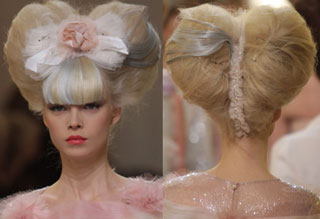I have recently been looking at Heart shaped designs new and old. I have came across these images.
Queen Elizabeth I
by Unknown English artist
oil on panel, circa 1588
38 1/2 in. x 28 1/2 in. (978 mm x 724 mm)
Transferred from British Museum, 1879
Primary Collection
NPG 541
oil on panel, circa 1588
38 1/2 in. x 28 1/2 in. (978 mm x 724 mm)
Transferred from British Museum, 1879
Primary Collection
NPG 541
 http://www.npg.org.uk/collections/search/portrait/mw02077/Queen-Elizabeth-I?LinkID=mp01452&search=sas&sText=queen+elizabeth&wPage=0&role=sit&rNo=8
http://www.npg.org.uk/collections/search/portrait/mw02077/Queen-Elizabeth-I?LinkID=mp01452&search=sas&sText=queen+elizabeth&wPage=0&role=sit&rNo=8
Chanel Couture Spring Collection 2010
http://media.onsugar.com/files/2010/01/04/2/192/1922153/656cd56d9a847401_Chanel-Haute-Couture-Spring-Summer-2010.jpg
Seeing these images inspired me to go on with my current design.





































